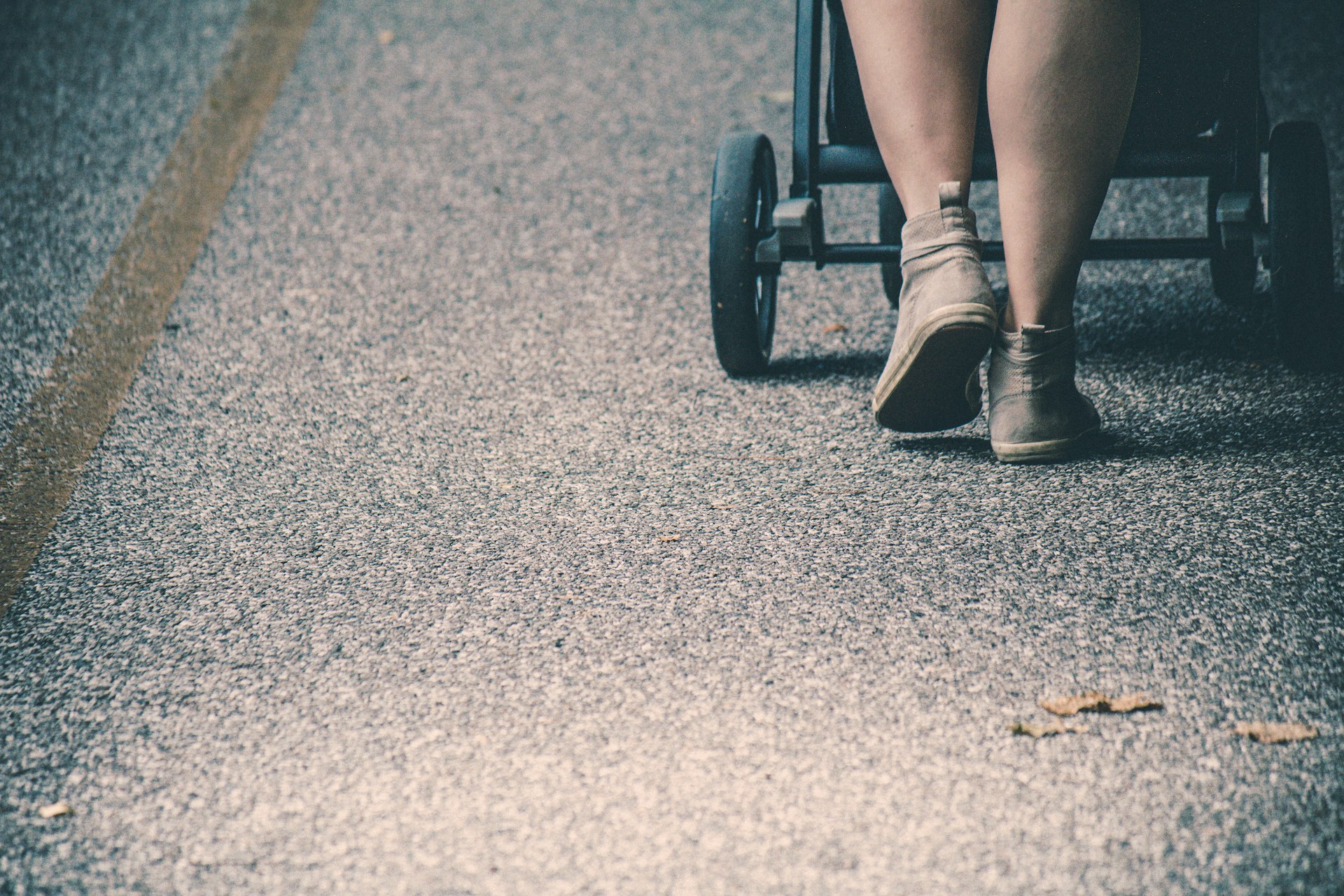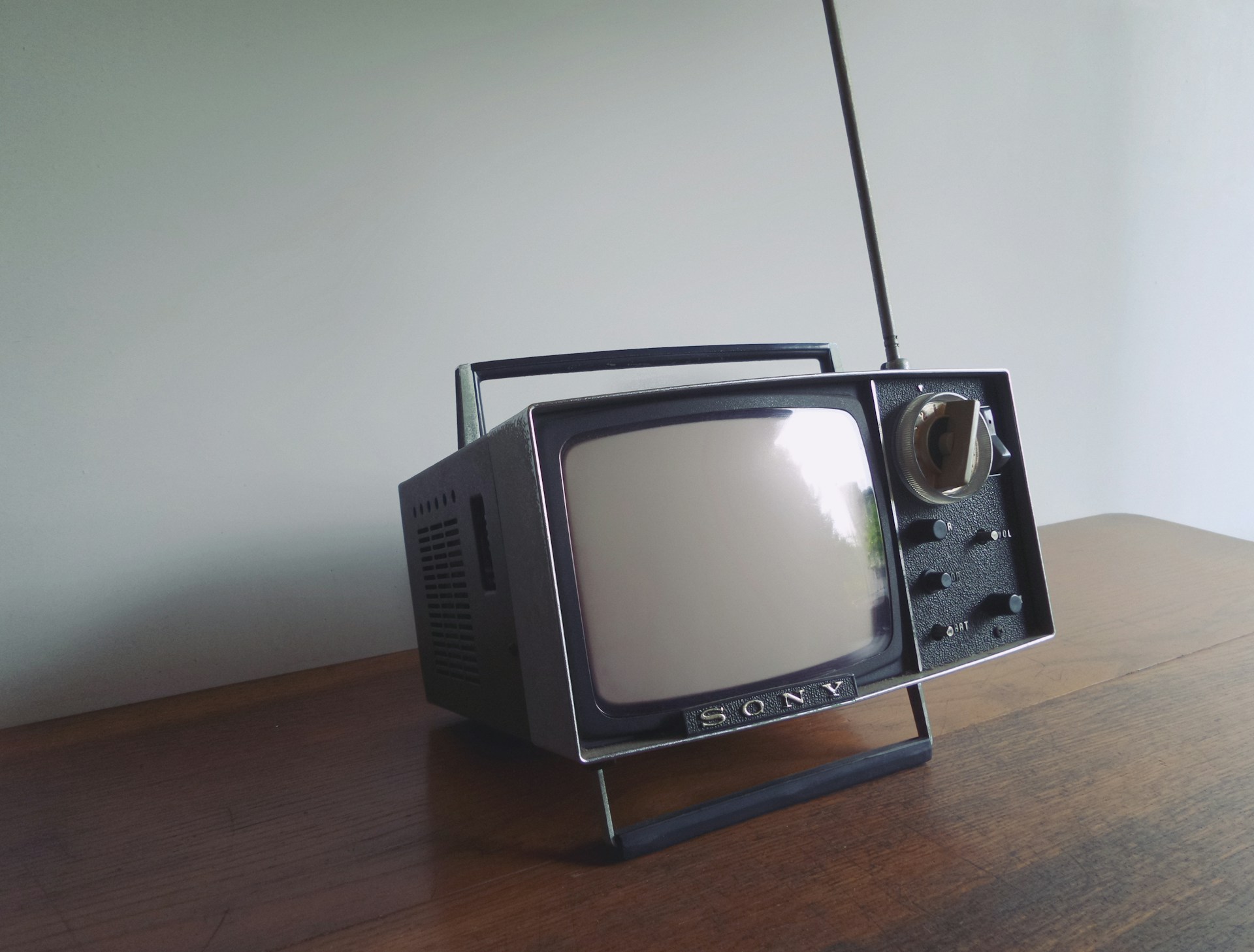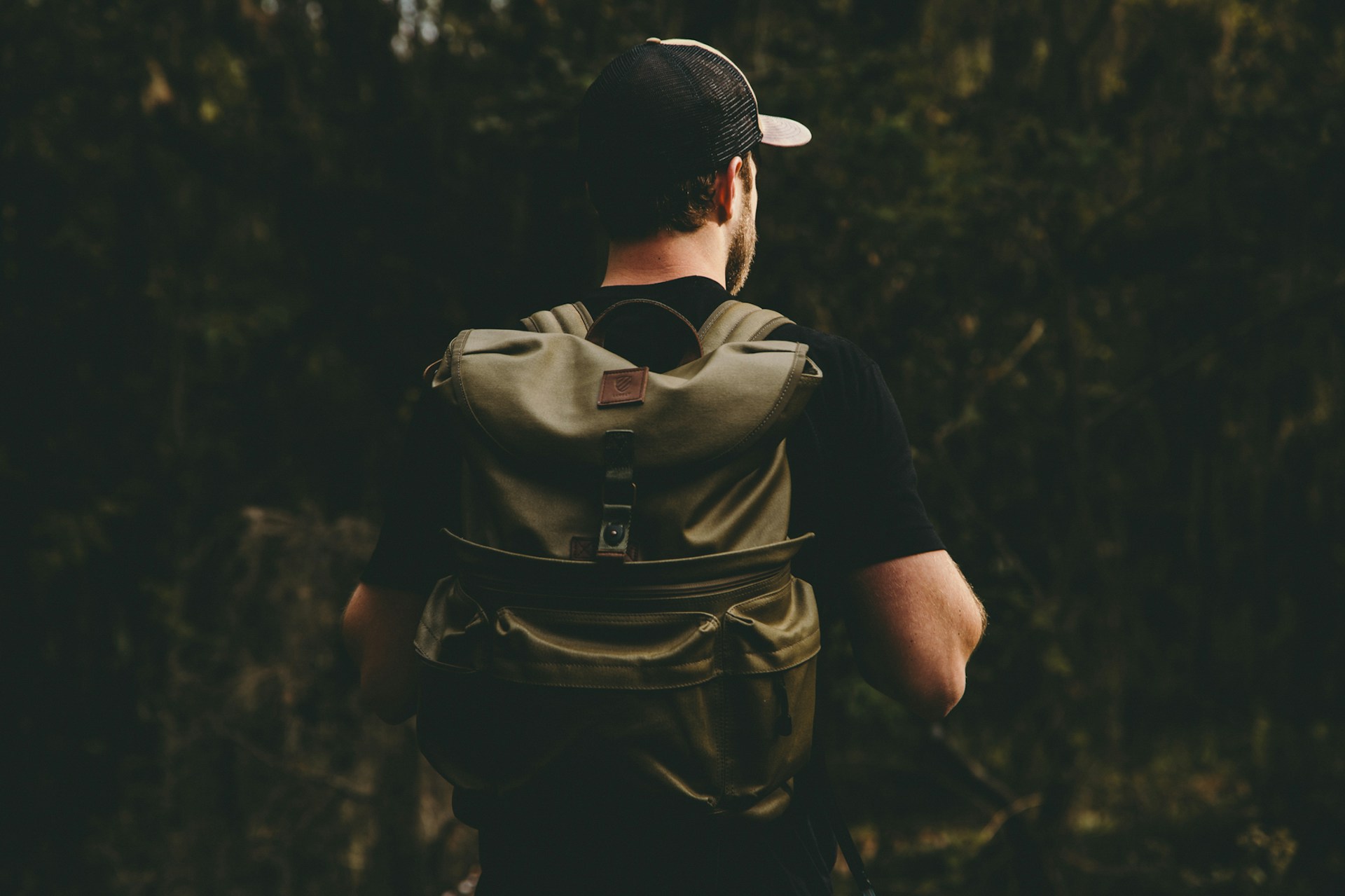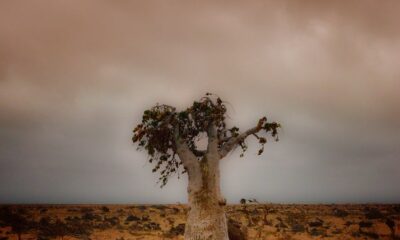Preparedness
Baby Ambushed in Daylight: Philly Cops Hunt for Female Shooter

In a horrifying incident in the Holmesburg area of Philadelphia, an unsuspecting baby was shot as a female suspect opened fire on a city street in the middle of the day. The Philadelphia Police Department released chilling footage of the event on Friday, shedding light on the shocking occurrence.
Around 6 p.m. last Thursday, on the 4000 block of Meridian Street, a young couple found themselves under attack while out for a stroll with their 7-month-old son. The family was suddenly confronted by a woman who, without warning, started shooting.
In the video, the suspect can be seen discharging at least three rounds of ammunition. She shoots twice at one parent, then turns her gun on the other before calmly walking away. In the aftermath, the parents are seen scrambling to safety, leaving the scene in a panic.
“Baby!” the mother is heard yelling in the clip. The suspect retorts with a derogatory term, but the majority of their exchange is muffled in the recording.
Tragically, the innocent child was caught in the crossfire, with one bullet striking his leg. The baby was initially taken to a nearby hospital in a private vehicle, but later transferred by the police to a different facility. As of Friday morning, the child’s condition has been reported as stable.
In the wake of the horrific incident, law enforcement officers faced some difficulty in locating the parents. The couple had seemingly vanished from the area by the time the police arrived on the scene. After an hour-long search, they were eventually found a few blocks from the site of the shooting, as per NBC Philadelphia.
In the ongoing investigation, police are reaching out to the public for help in identifying the female suspect. The description released by the authorities reads, “Black female, heavy build, long dreadlocks, black sweatshirt with large front graphic, light blue jeans, black shoes with white soles.”
Watch a local news report about the incident below:
Let us know what you think, please share your thoughts in the comments below.

Preparedness
Discover TV Shows Inspiring Your Off-Grid Living Adventure

If you’re yearning to escape the chaos of modern life and embrace a more sustainable and independent lifestyle, you’re not alone. Many individuals are turning away from conventional living to explore the possibilities of off-grid existence. For those seeking inspiration and knowledge on this lifestyle, television can be a valuable resource. Here, we delve into seven TV shows that offer a wealth of insights into off-grid living.
“Going Off the Grid” showcases families who are making the bold move from urban environments to off-grid living. This series offers viewers a window into the trials and triumphs of such a transition. Through the experiences of these families, audiences can gain valuable insights into sustainable living and self-sufficiency.
“Building Off the Grid” takes a closer look at the construction of off-grid homes. Featuring builders and architects who specialize in creating eco-friendly and self-sufficient homes, the show explores alternative building methods, renewable energy sources, and innovative design concepts. It’s an enlightening watch for anyone interested in sustainable architecture.
For those encountering challenges in their off-grid journey, “Homestead Rescue” is a must-watch. This show follows a team of experts who assist individuals struggling with off-grid living. It highlights the obstacles faced and the resources available to overcome them. Essential survival skills and the significance of community support are key takeaways for viewers.
“The Last Alaskans” offers a captivating glimpse into the lives of a small group residing in the Alaskan wilderness. The show reveals both the beauty and the harsh realities of such remote living. Viewers can learn vital survival techniques, including hunting, fishing, and constructing shelter in extreme conditions.
In “Life Below Zero,” several families navigate life in the Alaskan wilderness, providing an in-depth look at the challenges and rewards of off-grid living in one of the planet’s toughest environments. The series emphasizes crucial survival skills and the importance of resilience and community.
“Alaska: The Last Frontier” follows the Kilcher family as they live off the land in Alaska. The show offers a detailed look into their daily lives, including hunting, fishing, and farming. It underscores the necessity of self-sufficiency and sustainability in a setting where resources are scarce.
Lastly, “Mountain Men” explores the lives of individuals living off-grid in various parts of the United States. The series delves into the challenges and rewards of living off the land, with a focus on hunting, fishing, and trapping. It highlights essential survival skills and the harmony required with nature.
As off-grid living gains popularity, these TV shows serve as excellent sources of inspiration and education. They provide a comprehensive understanding of the challenges and rewards associated with this lifestyle, as well as essential survival skills and sustainable living techniques.
Let us know what you think, please share your thoughts in the comments below.
Preparedness
Master 72-Hour Survival in Just One Weekend

In the realm of preparedness, the concept of micro-prepping offers a practical solution for those looking to ensure their safety during the critical first 72 hours of a crisis. While preparing for an entire year might seem daunting, focusing on a three-day survival plan is both achievable and essential.
The first three days following a disaster are often the most perilous. “According to emergency response data, most disaster-related deaths happen within the first three days.” This isn’t due to a lack of concern but rather a lack of preparation. Panic can set in when systems fail, water becomes scarce, and grocery shelves are emptied within hours.
To avoid becoming a statistic, it’s crucial to have a well-rounded survival kit that includes more than just food. You need water, light, backup power, and reliable first aid supplies. By dedicating a single weekend to setting up your 72-hour survival plan, you can create a robust defense against the chaos of an unexpected disaster.
Start by crafting a tailored plan. Consider your unique circumstances: Do you live in a high-crime urban area or a rural town prone to weather-related outages? Are you preparing for a family or just yourself? These factors will inform your strategy, as a 72-hour plan for a family of five will differ from that for a single individual.
Begin by taking stock of what you already have and identifying what’s missing. This inventory will guide your purchases and prevent unnecessary spending. Check expiration dates on food, label supplies, and ensure everything is organized. “Trust me, doing this now saves you a lot of time later on, helps you not overspend, and ensures you can find critical supplies in an emergency.”
Saturday is dedicated to acquiring essential items: food, water, light, power, and first aid. Focus on durable goods that will withstand real-world emergencies. For food, consider survival kits designed for crises, such as the Ready Hour Emergency Food Kits, which can last up to 25 years. For a solo prepper, the 72-Hour Food Kit Sample Pack is a solid start, providing 20 servings of storable food.
Water is equally critical. “You can only survive three days without water.” Store at least one gallon per person per day, and aim to have double or triple that amount. Tools like the Alexapure Emergency Water Bank can transform your bathtub into a 65-gallon water vault, while collapsible water containers offer portable storage solutions.
Lighting is another key component. In a blackout, rely on tools like the 9-in-1 Solar Rechargeable Flashlight, which serves multiple purposes, including as a power bank. Long-lasting emergency candles and solar motion sensor lights provide additional security and illumination.
For power, consider the Grid Doctor 3300 Solar Generator System, which is engineered to withstand EMP attacks and provides a reliable energy source during outages.
First aid is non-negotiable. A professional-grade medical kit equipped with essentials like tourniquets, chest seals, and trauma shears can make the difference between calm and chaos. “This is why having real medical supplies on hand isn’t optional. It’s critical.”
Sunday shifts focus to strategy. Familiarize yourself with your gear and ensure everyone in your household knows how to use it. Establish a communication plan and practice using your supplies. This dry run will expose any weak spots and help everyone feel more comfortable with the process.
Ultimately, micro-prepping is about laying the groundwork for a secure future. You don’t need a bunker or years of supplies—just a weekend, a plan, and the determination to begin. By building this foundation, you’ll be ready to face the next emergency with confidence, not panic.
Let us know what you think, please share your thoughts in the comments below.
Preparedness
Founding Fathers’ Survival Secrets for Modern-Day Preppers Revealed

“I would rather be on my farm than be emperor of the world.” These words by George Washington encapsulate a fundamental truth about America’s Founding Fathers: they were not just political visionaries but also adept survivalists. Their wisdom in agriculture and self-reliance offers invaluable lessons for modern-day preppers seeking to ensure their own independence and survival.
The Founding Fathers’ approach to agriculture wasn’t just about growing food; it was about creating a sustainable way of life. George Washington’s crop rotation techniques and Thomas Jefferson’s dedication to seed-saving and food security exemplify their commitment to self-sufficiency. As Benjamin Franklin wisely noted, “There seem to be but three ways for a nation to acquire wealth. The first is by war, as the Romans did, in plundering their conquered neighbors. This is robbery. The second by commerce, which is generally cheating. The third by agriculture, the only honest way, wherein man receives a real increase of the seed thrown into the ground, in a kind of continual miracle, wrought by the hand of God in his favor, as a reward for his innocent life and his virtuous industry.”
Understanding the importance of food independence was crucial for the Founding Fathers. They knew that the ability to feed oneself was key to true independence. By growing their own food, they ensured they were not reliant on others, a mindset we should adopt today. Start by collecting a variety of sprouting seeds and diversifying your garden. This approach ensures a stable food supply, similar to how the Founding Fathers diversified their plantings beyond tobacco to include wheat, corn, and various fruits and vegetables.
Seed-saving was another essential practice for the Founding Fathers, driven by necessity and the desire for self-sufficiency. As Quartz explains, “Food production became a key determinant of American independence, with seeds serving as the organic capsules containing the roots of liberty and the means by which British goods could be successfully boycotted. Seeds represented autonomy. They were independent.” This practice remains a vital lesson for today’s preppers, emphasizing the importance of long-term food security.
Hunting and raising livestock were also integral to the Founding Fathers’ survival strategies. They relied on their skills in trapping, hunting, and fishing to provide for their families. Livestock offered meat and dairy, while hunting supplemented their food supply. As recorded by Mount Vernon, George Washington once noted in his diary that he shot at wild turkeys and, after some misses, successfully killed two. These skills ensured they would never run out of food.
In the absence of modern refrigeration, the Founding Fathers mastered food preservation techniques like canning and dehydration. Root cellars were used to store food, utilizing the earth’s natural cooling properties to keep produce fresh. These methods, requiring no electricity, are still relevant today. Consider stocking up on long-term emergency food designed for extended storage to complement these traditional techniques.
Water was another critical resource for the Founding Fathers. Without municipal water systems, they had to rely on methods like rainwater harvesting and well-digging to secure water for drinking, cooking, and agricultural needs. Collecting rainwater from roofs and directing it into storage containers ensured a consistent supply.
Finally, the Founding Fathers understood the importance of community and bartering. They traded seeds and food with neighbors to maintain a diverse food supply. Creating a bartering system today can reduce reliance on commercial food stores and build a supportive community. Ensure that your bartering partners are honest and share similar values to make the system effective.
By embracing the self-reliant mindset of the Founding Fathers, we can learn to thrive independently, just as they did. Their legacy of survival and self-sufficiency offers a blueprint for modern-day resilience.
Let us know what you think, please share your thoughts in the comments below.
-

 Tactical1 year ago
Tactical1 year ago70-Year-Old Fends Off Intruder with Lead-Powered Message
-

 Tactical1 year ago
Tactical1 year agoVape Shop Employee Confronts Armed Crooks, Sends Them Running
-

 Preparedness10 months ago
Preparedness10 months agoEx-Ballerina’s Guilty Verdict Sends Tremors Through Gun-Owner Community
-

 Preparedness8 months ago
Preparedness8 months agoGood Samaritan Saves Trooper in Harrowing Interstate Confrontation
-

 Tactical1 year ago
Tactical1 year agoMidnight SUV Theft Interrupted by Armed Homeowner’s Retaliation
-

 Survival Stories2 years ago
Survival Stories2 years agoEmily’s 30-Day Experience of Being Stranded on a Desert Island
-

 Preparedness8 months ago
Preparedness8 months agoArizona Engineer’s Headless Body Found in Desert: Friend Charged
-

 Preparedness8 months ago
Preparedness8 months agoBoy Saves Dad from Bear Attack with One Perfect Shot
Nicholas
July 28, 2024 at 11:48 am
Dem’s no bail crime is encouraging more crime. Had enough of Democrats YET?
Don
July 28, 2024 at 12:01 pm
To many people have no value for life.
Jim Hinkle
July 28, 2024 at 12:51 pm
“Stop & frisk” did show promise until it was deemed “racist” by unelected MFIs. (Who also ignore black on black crime.)
Paul
July 28, 2024 at 5:09 pm
Start taking these punks off the street permanently! Stay aware, and stay armed! There’s no way in hell cops can be everywhere you are, and when seconds count, they’re minutes if not hours away! Aggravated assault? Attempted murder x’s 3!! A million dollars says this ain’t her first run in with the law!
Joseph Kinge
July 29, 2024 at 5:47 am
Criminals don’t fear jail anymore. When we get some REAL prosecutors and Judges, that will all change!!!
Joseph Kinge
July 29, 2024 at 6:20 am
You don’t publish what you don’t like. Life is too short to have to deal with dorks like you. UNSUBSCRIBE ME!!!!!
The conductor
July 29, 2024 at 9:01 pm
Conceal carry is the best way to protect yourself and your family. Train to shoot accurately. The these idiots understand that they will not make it out alive, the less we will have of these instances.